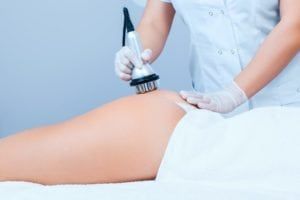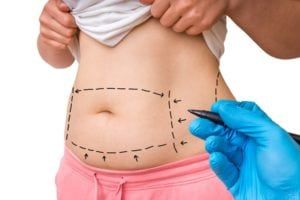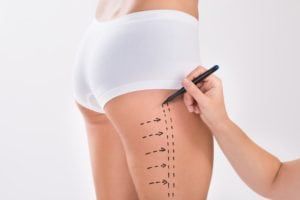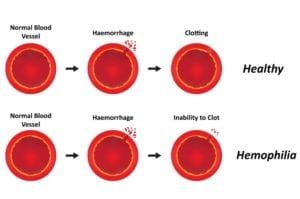Body contouring is a major cosmetic surgery used to completely reshape and tone the body’s supporting fat, skin and tissues. Contouring procedures are often used to treat skin or areas of the body that appear loose or are unsupported and sagging from their natural position. Examples include upper arms and buttocks that have sagging skin, abdomens with an ‘overhang’, and breasts that appear flattened or hang with downward-pointing nipples. Contouring can restore a normal appearance to the body – especially for patients who have lost skin elasticity due to a major weight loss or weight reduction surgery.
Did you know…
that skin that has been stretched loses its support? Often it is weight gain and subsequent loss that is responsible for sagging or loose skin – not to mention scarring and stretch marks. Body contouring can provide a slim, desirable appearance, but only after weight has stabilized. If weight loss continues after body contouring surgery, additional sagging may develop. On the other hand, rapid weight gain following body contouring can cause additional stretch marks and scarring.
Frequently Asked Questions
Am I a candidate for body contouring?
You may be a candidate for body contouring if you are finished losing weight and still have unsupported or sagging body parts. Generally, you must be a non-smoker and relatively healthy to be eligible for body contouring surgery. You’ll need to consult with your surgeon prior to the procedure to ensure that you have realistic expectations of your final outcome.
What should I expect from a body contouring procedure?
If body contouring is right for you, you’ll need to undergo a complete medical evaluation and lab testing in advance of your procedure. If you are targeting multiple areas of your body, body contouring will likely be broken up into multiple procedures. You’ll be placed under general anesthesia, and your surgeon will make one or more incisions to remove excess skin and complete the procedure.
Will I need to follow any special instructions after my surgery?
You’ll awake with bandages and dressings on your incisions, as well as a temporary fluid drain beneath your skin. Your doctor will provide you with very specific instructions for at-home care, which may include medications. You’ll need to avoid most physical activity in the weeks following your surgery, and you’ll also need to visit your surgeon for follow-up appointments. In order to achieve successful results, you must be committed to a healthy lifestyle complete with exercise and a balanced diet to maintain your results. Keep in mind that body contouring results are visible immediately, but the final results can take a year or more to achieve.











































































































































































































































































































